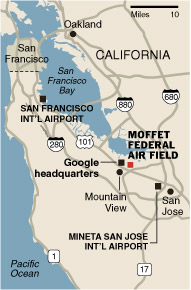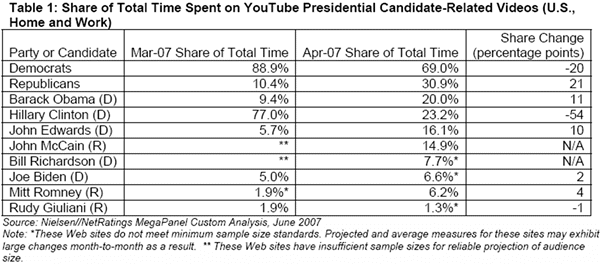As the title of the NY Times article states, this is definitely the ultimate company perk: An uncrowded, federally managed runway for their private jet that is only a few minutes’ drive from their offices.
From the article:
For $1.3 million a year, Larry Page and Sergey Brin get to park their customized wide-body Boeing 767-200, as well as two other jets used by top Google executives, on Moffett Field, an airport run by NASA that is generally closed to private aircraft.
Now executives in Silicon Valley are jealous beyond all belief, and are trying to get in on the action. Google was able to secure the contract by agreeing to place scientific instruments and researchers on planes used by the Google founders. NASA gets scientific data, and Google gets a great perk.
It seems like a perfectly sound arrangement, but the local community is, not surprisingly, getting a bit antsy about the decision. Moffett Field was supposed to remain a small air base, with little traffic outside of scientific missions. Now that the Google boys have brought some attention to the area, residents and business owners alike are concerned about its potential growth.
Infighting aside, I understand that the 767-200 in question is quite posh. When it was being refurbished in 2006, requests were filed for king-size beds in the bedrooms and hammocks hung in the main cabin. Very nice.




